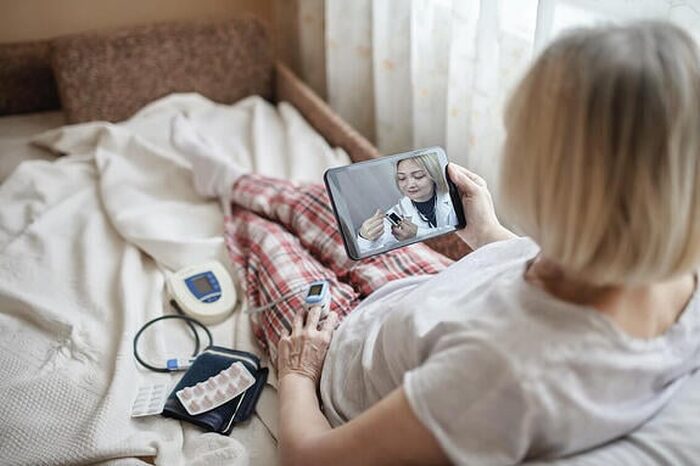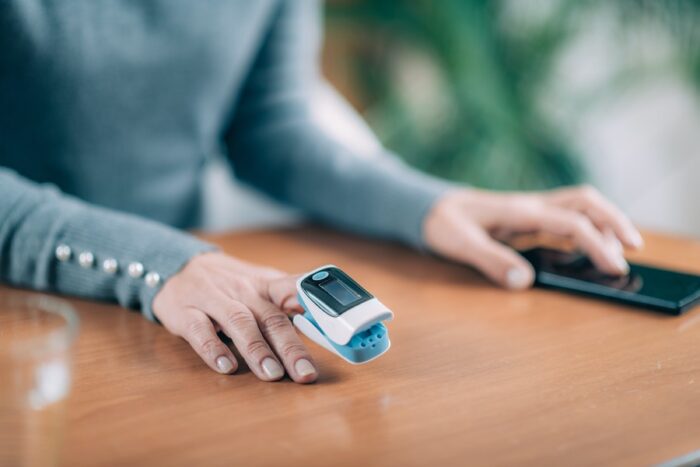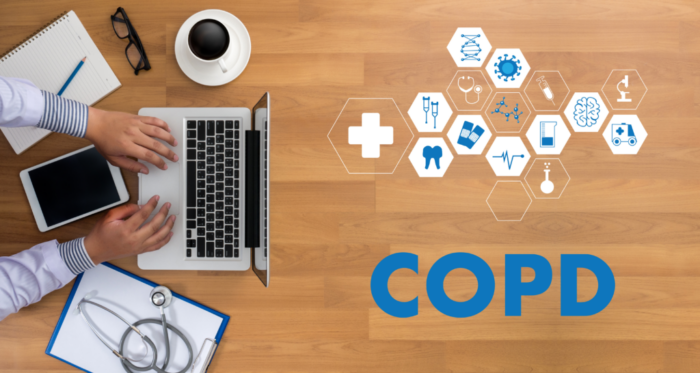
Chronic obstructive pulmonary disease is an umbrella term for a set of chronic lung and respiratory conditions that will progress with time and lack proper detection and care.
A person suffering from chronic bronchitis or emphysema is identified as a COPD patient who will suffer from breathlessness because of lung and airway damage. COPD cannot be cured and a patient can only manage their condition through proper care, diet, and exercise.
Remote patient monitoring COPD conditions is one effective means to manage and prevent episodes that can prove to be critical for a patient’s overall health.
What is RPM?
Remote patient monitoring is a new-age tool that is redefining effective patient care of at-risk patients even from a distance. When patients are healing in the comfort of their home which is familiar to them, they will recover soon because of the positive elements of family support.
However, round-the-clock monitoring was not possible because of the inability of bulky telemetry devices in home settings. But with the advent of RPM devices, accurate information is accessible through the patient data that is relayed back using integrated software.
Even from a distance a telehealth nurse can keep a watchful eye on a patient for any changes in psychological indicators like blood pressure, sugar, pulse rate, and oxygen levels. The optimum range of these vital signs indicates that a patient is at the homeostasis stage.
How can RPM aid COPD patients?

RPM devices as iterated are known to be accurate with reading and relaying this information efficiently. The objective of using RPM devices is to detect medical conditions which can predict physiological changes in patients who are at home care.
Respiratory rate is a predictive method for early detection of such physiological changes in COPD conditions. If the breathing is heavy and the rate increases, then before things flare up, medications and surrounding changes can be made to help patients breathe easily in a matter of a few minutes.
Here is a list of means by which RPM devices can enhance the quality of life for COPD patients through early detection and reporting of vital conditions:
Pulse oximeters
Pulse oximeters are RPM devices that can measure blood oxygen levels. Without drawing blood samples, pulse oximeters can determine the oxygen saturation levels of the body. Depending on the reading reflected by a pulse oximeter, the physician can change or continue with a treatment plan for COPD patients.
Capciflector
Respiratory rate is an important preventive indicator that determines if the patient’s condition is stable or is worsening in a given environment. Usually, the respiratory rate of COPD patients can increase because of a multitude of reasons like weather changes, exposure to smoke, or any irritant or drug interaction.

A capciflector is a small respiratory rate measurement device that can be attached as a smart sensor within the textiles. It measures the respiratory rate or RR continuously and accurately at rest and during exercise movements.
The best part about these devices is functionality that is not influenced by the position of the device. Even when placed on the thoracic vertebrae, it functions fine.
When the vital data is monitored continuously, accurately, and efficiently transferred to the referring telehealth practitioner, then in case of any critical changes, immediate attention can be given. Timely interventions can often stabilize a COPD patient within a few hours and post-care helps them get back on with their daily routine.
What more can RPM do for COPD patients?
COPD conditions can arise in a patient either through lifestyle choices like smoking, occupational hazards like exposure to pulmonary irritants like toxic chemicals, or congenital conditions.
Though there is no complete cure for COPD, the condition can be managed through a disciplined routine involving healthy practices like diet, exercise, medication compliance, and avoiding smoking and polluted surroundings.
When the RPM readings are often scaling towards measurements that are out of the range, then there is something that a COPD patient is doing that should not be done. In such cases, the consultant physician will try to counsel them.
Conclusion:

Remote monitoring is an effective means of helping COPD patients cope with their health without needing to be in and out of hospitals.














